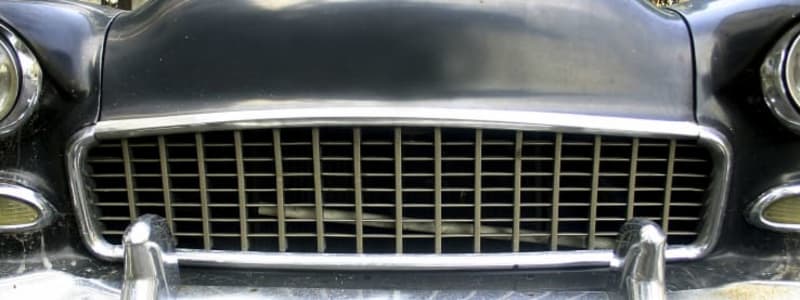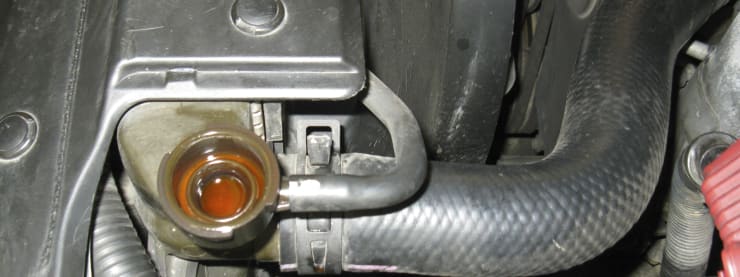
The function of a radiator may best be described as a heat transference system, whereby the heat from hot coolant flowing through, is dispersed by the fan. The majority of radiators in modern vehicles are manufactured from aluminium. An engine coolant flows from the inlet source to the outlet by way of thin tubes mounted in a parallel arrangement, from which heat is transferred into the air flowing through the radiator.
In various instances, the tubes have a type of fin insert, which increases the turbulence of the fluid flowing through the tubes. This system enables a smooth and even flow of fluid through the tubes. This creation of turbulence within the tubes helps maintain the temperature of the fluid touching the tubes, making it possible for more heat to be extracted during the process, with all fluid inside the tube utilised to maximum efficiency.
Close to the front of a car engine is located a thermostat. As the heat of the engine increases and attains a defined temperature, this thermostat opens, permitting the flow of coolant and water. This liquid coolant combination is retained in the radiator and when entering the engine, it is dispatched around the cylinders, collecting the heat created by friction and burning fuel. This coolant is then returned into the radiator.

Although the surface area of a vehicle does have a cooling effect, the added facility of a fan situated between the engine and radiator, adds effective efficiency to the cooling process. On the coolant completing its circulation through the radiator it is prepared for recycling into the engine and repeating the procedure. Additional cooling benefits are gained by way of the front grill on a vehicle, which provides a flow of air onto the radiator when the vehicle is in motion.
There are various causes for a radiator failing to function effectively, with one reason being the clogging of the thermostat and preventing it from opening. This creates a situation whereby the coolant is prevented from circulating causing the radiator to overheat. However, arguably the most common reason for a cooling system malfunction is a leak. There are various seals, hoses, and gaskets that may deteriorate, perforate and leak. As the coolant level reduces the cooling process is negatively affected, whereby the engine can overheat. If this does occur, shut the engine off and allow it to cool down before booking the vehicle into a repair centre.
Get up to quotes for an engine repair job






